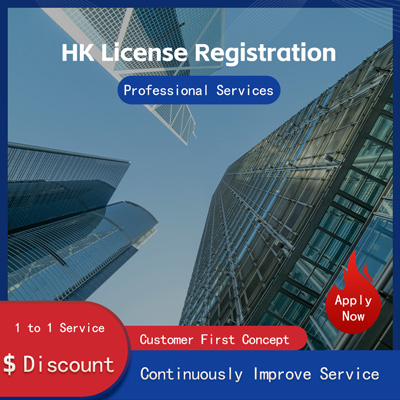
U.S. Company Swift Transfer Guide Process Challenge Solutions!
How to Easily Facilitate a Fast Transfer of a U.S. Company A Comprehensive Guide to the Process and Challenges
In today’s increasingly globalized world, cross-border business activities have become more frequent. Many entrepreneurs consider transferring ownership of their U.S. companies for reasons such as strategic restructuring, market exit, or asset liquidation. However, due to the complexity of the U.S. legal system and significant differences between states, many people hesitate when it comes to the process of transferring a U.S. company.

This article offers a practical breakdown of the key steps and potential challenges involved in transferring a U.S. company, drawing from recent business trends to help interested parties navigate this process with confidence.
1. Determine the Type of Transfer Stock Sale vs. Asset Sale
In the U.S., company transfers are typically conducted either through a Stock Sale or an Asset Sale. The choice significantly impacts tax obligations, liability exposure, and overall transaction structure.
Stock Sale Involves the sale of company shares, meaning the buyer assumes both assets and liabilities.
Asset Sale Involves the sale of specific company assets-such as equipment, brand names, or customer lists-without changing the corporate entity itself.
According to Q3 2025 MA market data in the U.S., tech startups often prefer asset sales to avoid legacy debt risks, while established manufacturing firms tend to use stock sales to ensure operational continuity.
2. Preparation Phase Due Diligence and Document Organization
Regardless of the transfer method chosen, thorough preparation is essential. This includes
1. Financial Audit Ensure clear and transparent accounting to aid buyer valuation.
2. Legal Review Confirm there are no pending lawsuits, contract disputes, or intellectual property issues.
3. Business Analysis Organize client lists, employee records, and supply chain relationships to enhance marketability.
4. Valuation Report Engage professionals to determine a fair market price.
For example, in September 2025, a California-based software development firm spent three months conducting comprehensive financial and legal compliance reviews before its sale, ultimately achieving a 15% higher-than-expected selling price. This highlights how well-prepared companies can achieve faster and more favorable outcomes.
3. Finding the Right Buyer Diversify Your Channels
Identifying the right buyer is crucial to the success of any transfer. Common channels include
Business Broker Platforms Websites like BizBuySell and LoopNet specialize in small-to-medium enterprise transactions.
Industry Referrals Leverage industry associations, trade shows, and peer networks.
Private Equity or Strategic Investors Ideal for mid-sized to large companies seeking premium valuations.
According to a Wall Street Journal report from October 2025, the rapid growth of AI has led to increased acquisition activity by major tech firms, with many deals facilitated by specialized MA advisors-underscoring the importance of expert intermediaries in matching buyers and sellers efficiently.
4. Signing the Letter of Intent LOI and Negotiating Details
Once a potential buyer is identified, the next step is to sign a Letter of Intent LOI, outlining the basic terms of the deal, including price, payment method, and closing timeline.
While not legally binding, the LOI sets the stage for further negotiations. It is highly recommended to engage a lawyer experienced in U.S. corporate law to assist in drafting and negotiating terms to prevent future disputes. Additionally, shareholder or board approval may be required, particularly for corporations.
5. Closing the Deal and Completing Post-Transfer Procedures
After all terms are agreed upon, the transaction moves into the closing phase, which includes
1. Signing the final Purchase Agreement
2. Transferring funds
3. Completing the transfer of stock or assets
4. Updating registration details e.g., EIN, business license
It's important to note that requirements vary by state. For instance, Delaware, known for its business-friendly legal environment, simplifies the process-only requiring updated shareholder records and necessary filings.
6. Common Challenges and How to Overcome Them
Despite a seemingly straightforward process, several challenges may arise during a U.S. company transfer
1. Complex Tax Issues With intricate federal and state tax systems, consulting a tax advisor early is critical for optimizing tax efficiency.
2. Language and Cultural Barriers Non-native English speakers should consider hiring bilingual consultants to reduce communication friction.
3. Financing Difficulties Some buyers may face funding constraints; solutions like installment payments or conditional closings can mitigate this risk.
4. Regulatory Delays Certain industries, such as healthcare and finance, may require regulatory approvals. Planning ahead and allowing buffer time is essential.
For example, in August 2025, a food processing company transfer in Florida was delayed by two months due to the buyer’s failure to secure FDA approval on time. The issue was resolved by setting up a transitional management team, preventing further losses.
7. Conclusion
Although transferring a U.S. company involves multiple steps and potential hurdles, proper planning, the right transaction strategy, and working with experienced professionals can streamline the process significantly.
With the rise of remote work and digital platforms, cross-border business transfers have become increasingly accessible. Whether you're an individual entrepreneur or a large investment firm, understanding the nuances of the U.S. transfer process allows for optimized asset allocation and maximum returns.
If you’re considering transferring your U.S. company, start now by organizing documents, consulting experts, and keeping an eye on industry developments. Only by staying proactive can you seize opportunities in a competitive market and achieve a smooth, secure, and efficient transfer.
Still have questions after reading? More than 98,000 users have contacted us. Please fill in the following information to obtain business information.

Previous Article
Shenzhen Longhua Ultimate Guide to Setting Up a US Company Registration Address
Jun 30, 2025Service Scope
MoreRecommended for You
- U.S. Audit Prof. Analysis How to Safeguard Corp. Fin. Health?
- How to Easily Apply for a U.S. Company EIN A Step-by-Step Guide to Complete the Process!
- Experiencing BOA Quality Service, Elite Choice for HNWI, and Global Perspective
- How to Apply for a U.S. Bank Card in Mainland China? A Full Guide with Steps Tips
- The Real Deal on Singapore Company Paid-Up Capital Key Points You Must Know
- How Soon Must Capital Be Paid Up After Company Registration in Singapore? A Brief Guide to Key Points!
- Deep Dive into Singapore Bank Fund Utilization Uncovering Investment Mgmt Opportunities You’ve Overlooked
- Singapore Company VAT Application Guide Process, Requirements Key Considerations
- Paid-Up Capital Requirements for Singapore Companies A Comprehensive Guide to Procedures and Requirements
- Why Choose Singapore for Your Subsidiary? Read This Article and You’ll Be Convinced!
- Detailed Breakdown of Annual Company Registration Costs in Singapore - Read This and You’ll Understand Everything
- Singapore Company Liquidation Regulations Explained How to Navigate the Process?
- How Long Does It Take to Open a Bank Account in Singapore? A Guide to the Process and Key Considerations
- A Comprehensive Guide to Smoothly Applying for a Bank Card in Singapore
- Guide to Registering a Skincare Company in Singapore Launching Your International Brand Journey
- Opening an HSBC Bank Account in Singapore All Details and Steps You Need to Know
- Singapore Income Protection Guide How to Safeguard Your Wealth?
- Singapore Subsidiary Registration Key Steps to Easily Enter the Mainland Market
- Essential Documents for Singapore Company Registration Key Info You Must Know!
- Registering a Company in Singapore A Golden Gateway for Business Internationalization


 ONE
ONE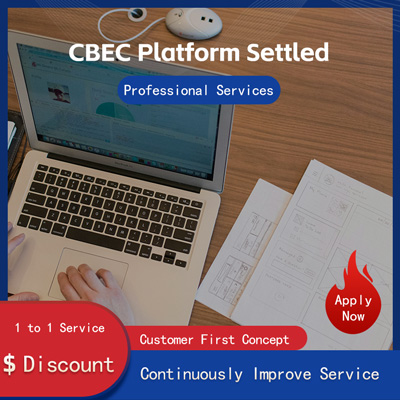
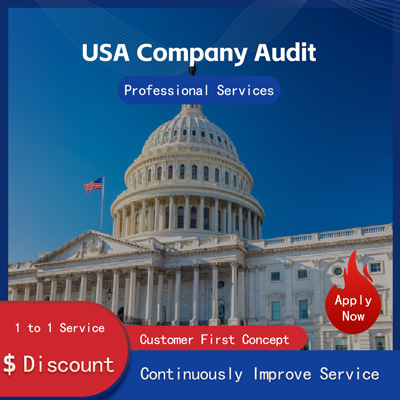
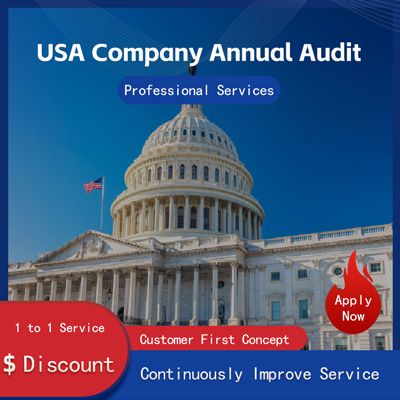

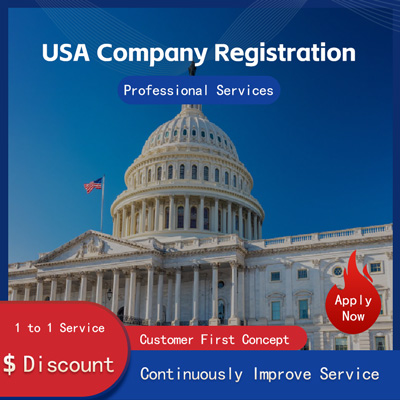

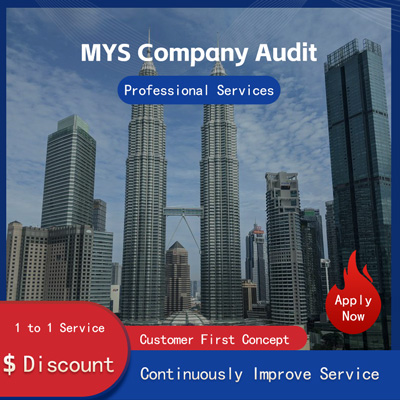
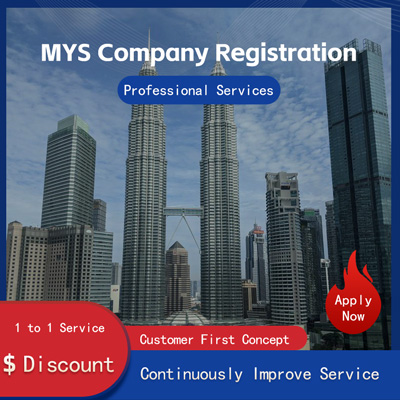

Customer Reviews
Small *** Table
December 12, 2024The experience was very good. I was still struggling to compare it with other companies. I went to the site a few days ago and wanted to implement it as soon as possible. I didn't expect that everything exceeded my expectations. The company is very large, with several hundred square meters. The employees are also dedicated and responsible. There is also a wall of certificates. I placed an order on the spot. It turned out that I did not make a wrong choice. The company's service attitude is very good and professional. The person who contacted me explained various things in detail in advance. After placing the order, the follow-up was also very timely, and they took the initiative to report the progress to me. In short, I am very satisfied and recommend this company!
Lin *** e
December 18, 2024When I first consulted customer service, they recommended an agent to me. They were very professional and patient and provided excellent service. They answered my questions as they came in. This 2-to-1 service model is very thoughtful. I had a lot of questions that I didn’t understand, and it’s not easy to register a company in Hong Kong. Fortunately, I have you.
t *** 7
December 19, 2024I originally thought that they only did mainland business, but I didn’t expect that they had been doing Hong Kong business and were doing very well. After the on-site interview, I decided to ask them to arrange the registration of my Hong Kong company. They helped me complete it very quickly and provided all the necessary information. The efficiency was awesome. It turns out that professional things should be done by professionals.👍
b *** 5
December 16, 2024In order to register a company in Hong Kong, I compared many platforms and stores and finally chose this store. The merchant said that they have been operating offline for more than 10 years and are indeed an old team of corporate services. The efficiency is first-class, and the customer service is also very professional.